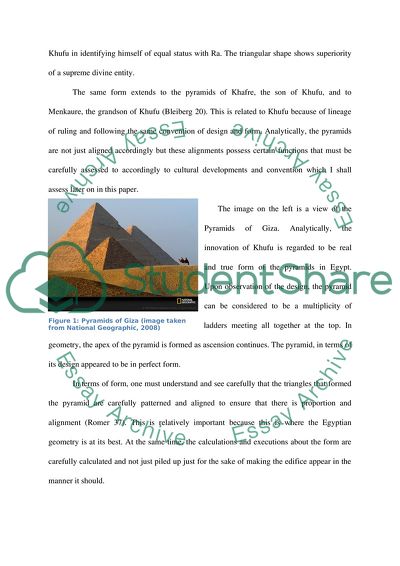Cite this document
(“The Great Pyramid of Giza Essay Example | Topics and Well Written Essays - 2000 words”, n.d.)
Retrieved from https://studentshare.org/architecture/1593767-the-great-pyramid-of-giza
Retrieved from https://studentshare.org/architecture/1593767-the-great-pyramid-of-giza
(The Great Pyramid of Giza Essay Example | Topics and Well Written Essays - 2000 Words)
https://studentshare.org/architecture/1593767-the-great-pyramid-of-giza.
https://studentshare.org/architecture/1593767-the-great-pyramid-of-giza.
“The Great Pyramid of Giza Essay Example | Topics and Well Written Essays - 2000 Words”, n.d. https://studentshare.org/architecture/1593767-the-great-pyramid-of-giza.


